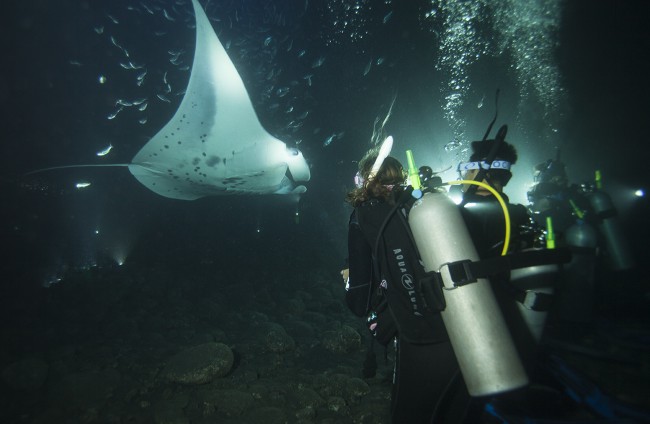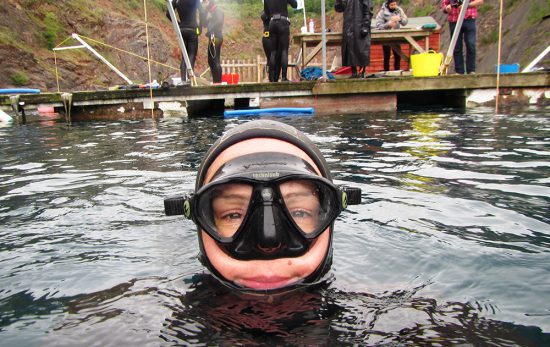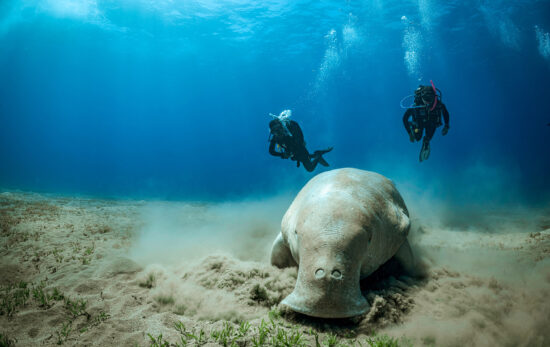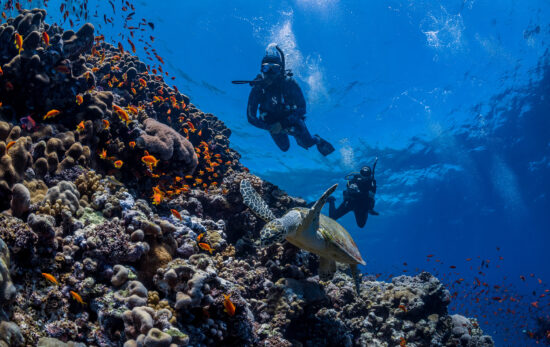When they were little, simply spending a day at the pool or beach excited your kids. Now that they’re older and scuba certified, you have oceans to share as playgrounds — so make the most of it. Here’s how.
Take a SeaSigns class
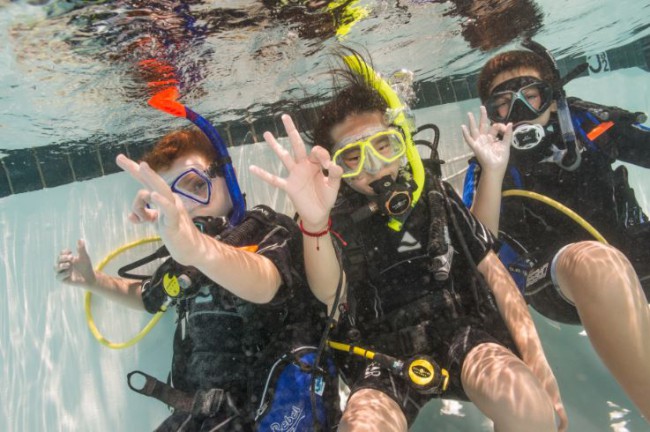
Based on American Sign Language, the PADI Distinctive Specialty Course fosters underwater communication far beyond the are-you-OK signal. It’s fun, and it makes diving with kids safer.
To get the most out of the course, Margo Peyton, founder of the weeklong Kids Sea Camp scuba events for families held worldwide, suggests considering your needs before enrolling.
“Think about when you dive with your child,” she says. “What are the things you most want to tell them?”
For her, signals for slow down and stay close to me (conveyed via the buddy signal) have proved invaluable. Plus, says Peyton, “Most families even come up with their own signs — it’s great bonding!”
Learn the local marine life
For safety’s sake, start with checking that your kids can identify hazards, such as fire coral and lionfish. Then comes the fun stuff.
Most dive shops sell waterproof fish ID cards. Kids can tote these underwater, or you can keep them handy on the boat. Sure, they’re getting an intro to marine biology, but more importantly, they’ll feel validated when they can point out to you exactly what they’ve seen. And, most likely, they will quickly make a game of it, such as finding all the species on the card.
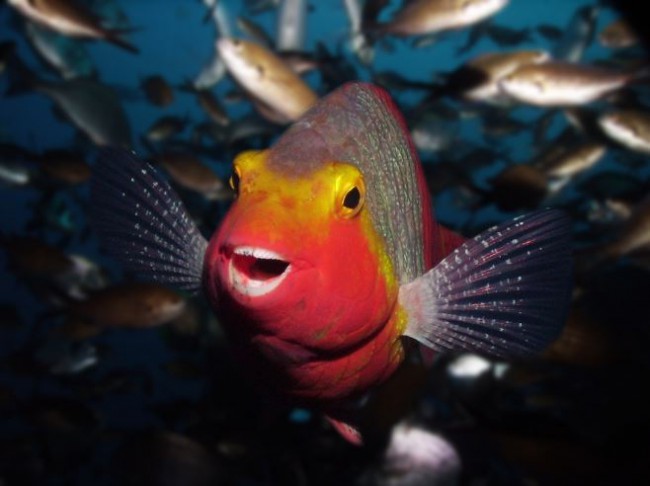
Log your dives
It’s a good practice in terms of safety, but it’s also a good time to review the dive and find out if your kids were comfortable throughout.
Ask questions to generate conversation: What did you think when you saw the nurse shark? What animals were you hoping to see? What was your favorite part of that dive?
If you can, take note if anything underwater, such as surge at the surface or a particular depth, sparked fear or discomfort, which you can then address.
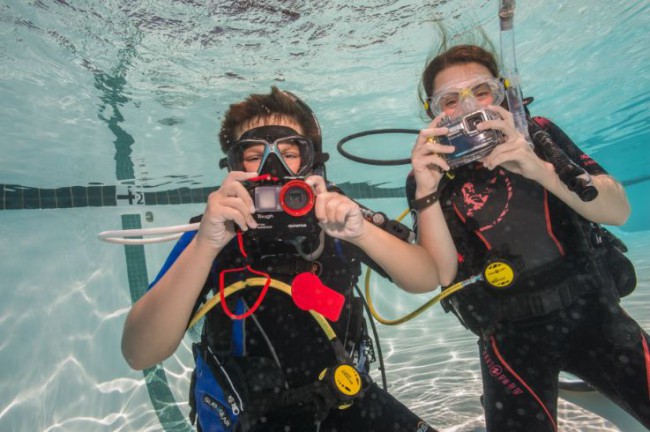
Have fun with multimedia and social networks
If kids are old enough and demonstrate in-water comfort, they may want a beginner camera.
“Kids love to take video,” says Peyton. “I really like Sealife and Olympus cameras—they have inexpensive ones.”
Together, you can edit video clips, or post a couple online to Facebook, Instagram or other social channels. Even if your kids don’t dive with a camera, encourage them to journal about their dives. An added bonus, says Peyton, is that “a lot of schools accept that instead of homework.”
Share a first
“One of the most memorable things I did with my daughter was sharing her first night dive,” says Peyton. And who wouldn’t remember the first time seeing a parrotfish asleep in its cocoon or lobster skittering across the seafloor?
Other firsts could be night snorkeling or wreck diving. Or, when you check in at the dive center, ask the instructors what the destination offers in terms of new challenges for your kid.
